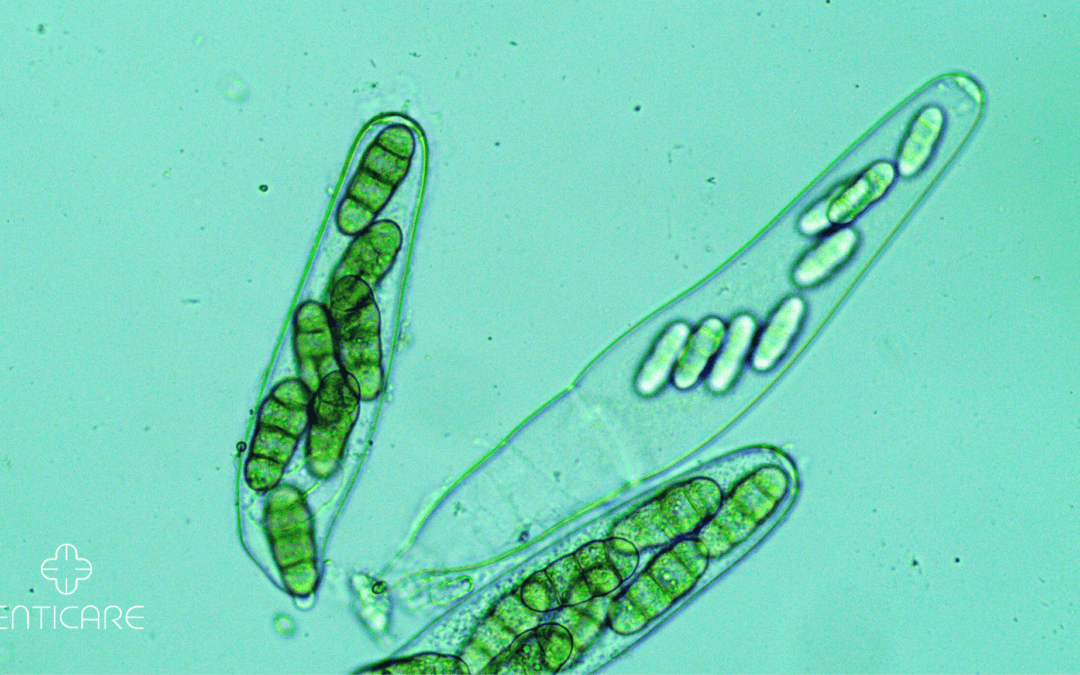Imagine enjoying a beautiful spring day outdoors, only to be plagued by a relentless cough, itchy eyes, and a runny nose. This could be the reality for those suffering from Helminthosporium mold allergy.
Helminthosporium is a fungal genus encompassing various mold species. These microscopic spores thrive on decaying plant matter and are readily airborne, particularly during the late summer and fall. While not a weed itself, Helminthosporium spores can be abundant in areas with high weed growth. If you have allergies, inhaling these spores can trigger an allergic reaction, leading to a range of unpleasant symptoms.
Origin in North America
Helminthosporium is prevalent throughout North America, with some species more common in specific regions. Understanding the types of weeds present in your area can help you anticipate potential exposure.
Season
Helminthosporium spores are most prevalent during late summer and fall, coinciding with peak decomposition of dead plant matter. However, depending on weather conditions, spore release can occur year-round.
Signs and Symptoms
Symptoms of Helminthosporium allergy mimic those of hay fever, including:
- Runny nose
- Itchy, watery eyes
- Sneezing
- Coughing
- Congestion
- Difficulty breathing (in severe cases)
Causes
The primary cause of Helminthosporium allergy is the inhalation of fungal spores. These spores trigger the immune system’s overreaction, releasing histamines that cause allergy symptoms.
Prevention
Here’s how to minimize exposure to Helminthosporium spores:
Stay informed: Check pollen and mold counts daily during allergy season.
Limit outdoor activities: Stay indoors on high pollen and mold count days.
Minimize yard work: Delegate yard work tasks or wear a properly fitted N95 respirator if mowing or raking.
Shower after outdoor exposure: Wash away any lingering spores on your clothes and hair.
Maintain a clean home: Regularly vacuum and clean surfaces to reduce indoor allergens.
HEPA air filters: Consider using HEPA air filters in your home to trap airborne spores.
Risk Factors
Certain factors increase your risk of developing a Helminthosporium allergy:
Family history of allergies: Having a family member with allergies raises your risk.
Existing allergies: Individuals with allergies to other molds or pollen are more susceptible.
Chronic exposure: Frequent or prolonged exposure to Helminthosporium spores can trigger an allergy.
Treatment
If you suspect a Helminthosporium allergy, consult a healthcare professional for diagnosis and treatment. Common treatment options include:
Over-the-counter medications: Antihistamines and decongestants can alleviate symptoms like itching, runny nose, and congestion.
Nasal corticosteroids: Steroid nasal sprays can effectively reduce inflammation and allergy symptoms.
Allergy shots (immunotherapy): Over time, allergy shots can desensitize your immune system to the allergen, reducing future reactions.
Don’t let Helminthosporium allergy hold you back from enjoying the outdoors. By understanding the condition, taking preventive measures, and seeking proper treatment, you can breathe easier and reclaim your outdoor activities. Uncover personalized treatment plans with Enticare, dedicated to meeting your unique needs. Dial 480-214-9000 and take the first step toward wellness.

